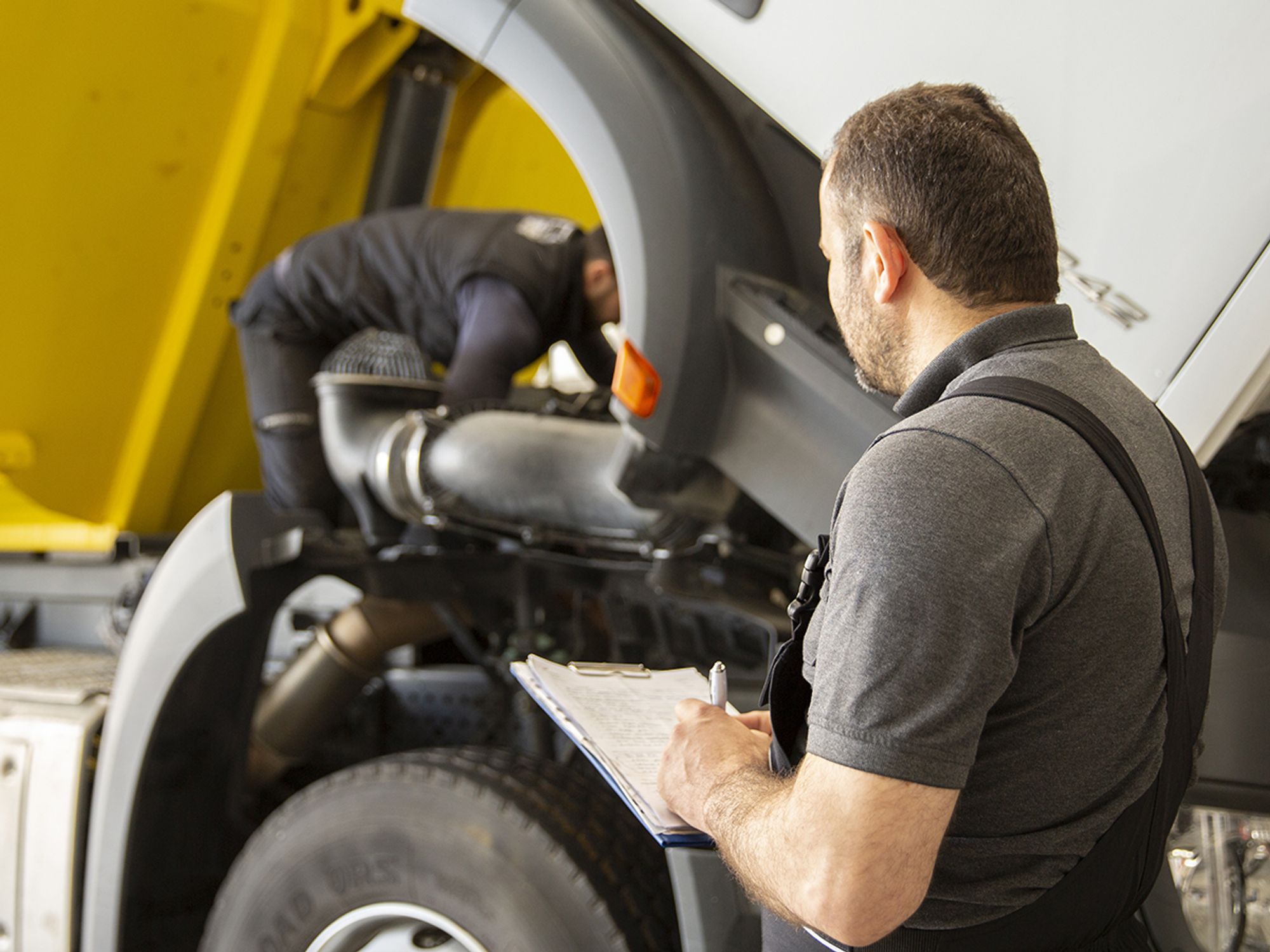Appendix A: Minimum Periodic Inspection Standards

- The requirements necessary for a vehicle to pass a periodic inspection are found in Appendix A to Part 396.
- If a vehicle has a defective component listed in Appendix A then it cannot be put back into service until it meets the requirements of Appendix A.
Appendix A to Part 396 — Minimum Periodic Inspection Standards of the Federal Motor Carrier Safety Administration (FMCSA) regulations establishes the conditions a vehicle must meet to pass a periodic (sometimes referred to as an “annual”) inspection. If the vehicle does not meet the conditions established in Appendix A, the inspector (usually not a law enforcement officer, but simply the title given to the person conducting the inspection) cannot pass the vehicle. The requirements for the periodic inspection are also referenced in other locations in the regulations. If a driver reports a defect involving a component listed in Appendix A, the carrier cannot put a vehicle back on the road until it meets the requirements of Appendix A (see the interpretation to 396.11, specifically Question 6 and the associated guidance).
Appendix A divides the inspection into 15 categories, subdivided by vehicle component. They include standards covering:
- Brake systems, including service brakes, parking brakes, brake drum or rotors, brake hoses and tubing, antilock braking system, and slack adjusters (must be the right type, based on model year). For air brake vehicles the Appendix includes standards on low pressure warning devices, tractor protection valves, and air compressors. The Appendix also includes standards for electric brakes, hydraulic brakes, and vacuum systems that support brakes.
- Coupling devices, including fifth wheels (upper and lower), pintle hooks, drawbars and tow eyes, drawbar and towbar tongues, safety devise (chains or cables), and saddle mounts.
- Exhaust systems, including leaks, location of the discharge point of the exhaust, and damage to other parts from contact with the exhaust system.
- Fuel systems, including leaks, caps, and securement of the tank(s).
- Lighting devices — Appendix A simply states that the lights and reflectors on the vehicle must meet all light and reflector requirements of Part 393.
- Safe loading, including securement devices for cargo and other equipment (spare tires, dunnage, etc.).
- Steering mechanisms, including steering wheel free play, steering column, front axle beam, steering gear box, pitman arm, power steering mechanism and hoses, ball and socket joints, tie rods and drag links, nuts, and the steering system overall.
- Suspensions, including U-bolt(s), spring hanger(s), axle positioning part(s), spring assembly, and torque, radius, or tracking components.
- Frames, including frame members (rails, crossmembers, and fasteners), tire and wheel clearances, and sliding component subframes.
- Tires, including tread depth, condition, inflation, load rating, and position and type matching.
- Wheels and rims, including rims, wheels, fasteners, and welds.
- Windshields, including discoloration and/or anything (cracks, stickers, etc.) that is restricting the vision of the driver.
- Windshield wipers — These standards require that all wipers be fully functional.
- Motorcoach seats — This standard requires that all seats in a bus be securely mounted to the vehicle.
- Rear impact guards on vehicles manufactured after December 31, 1952.
One important point about Appendix A is that it does not cover the entire vehicle. For example, the speedometer is not mentioned in Appendix A, therefore, a vehicle with a defective speedometer would technically pass an annual inspection. However, as a general practice a carrier would never want to put a vehicle back into service with a known defect (such as a defective speedometer), even if it is not covered in Appendix A.
